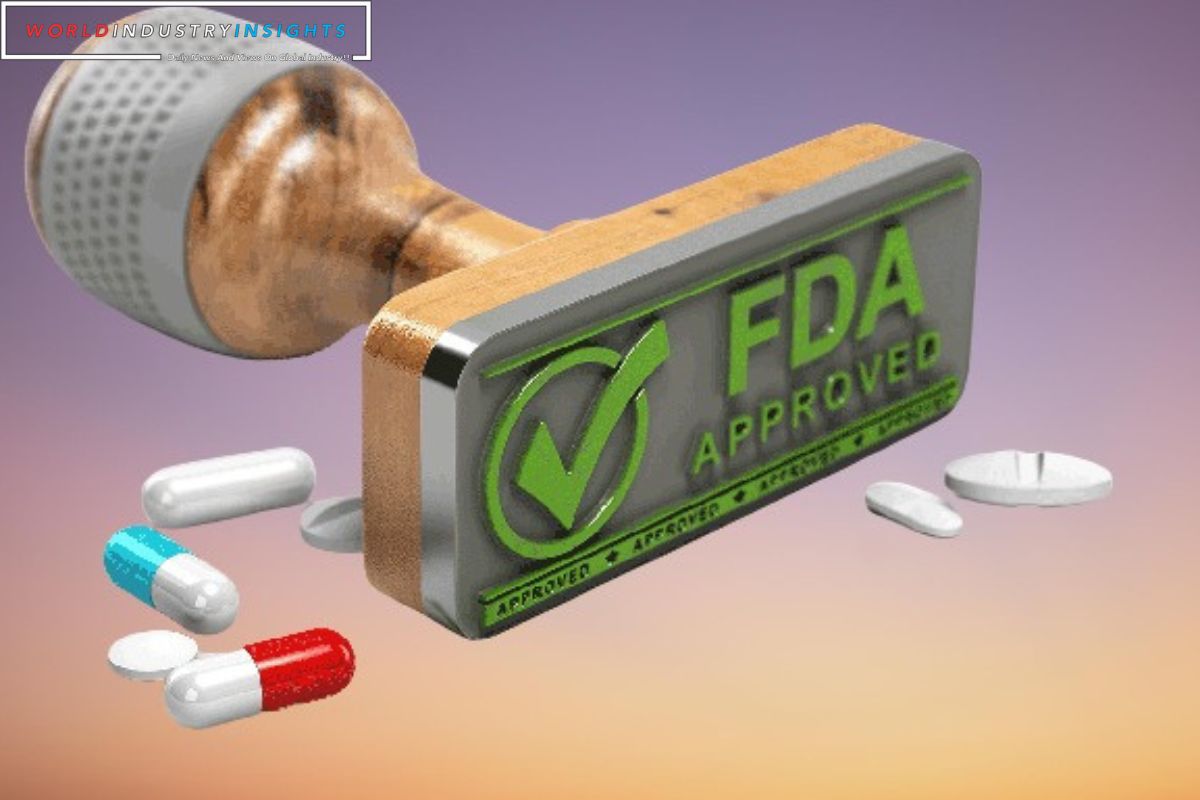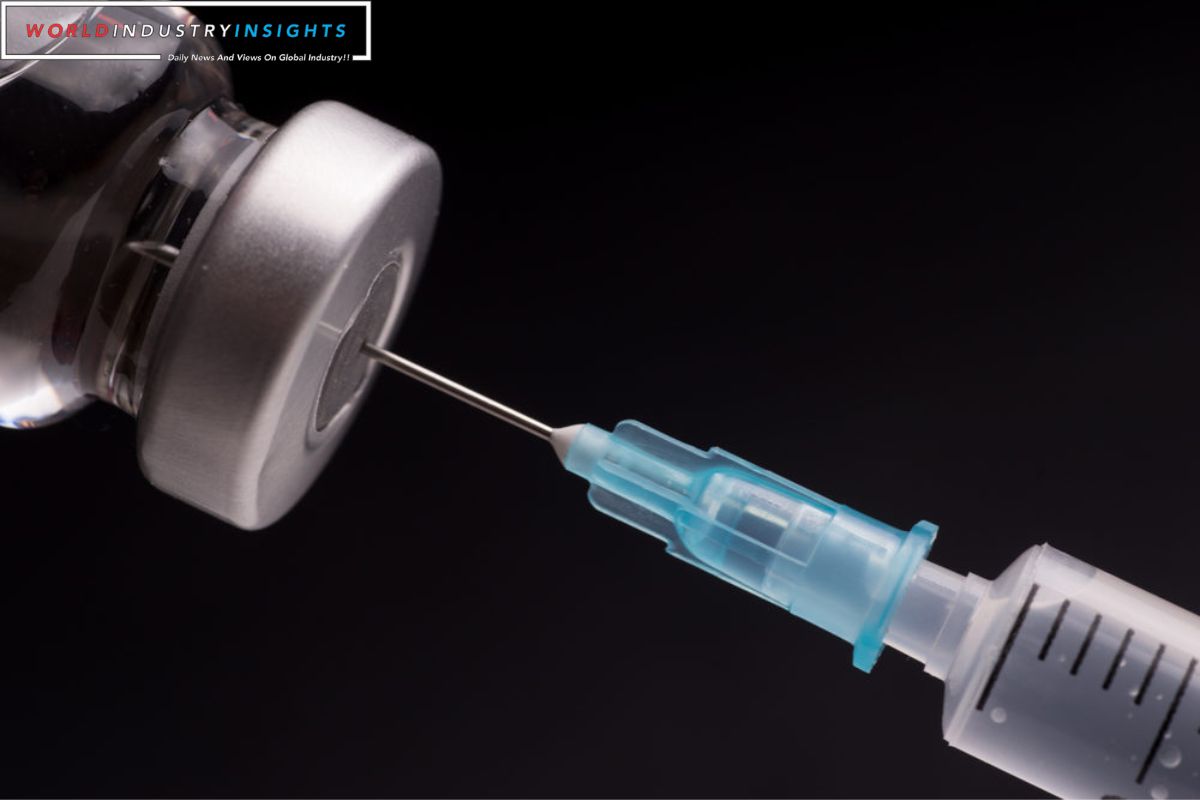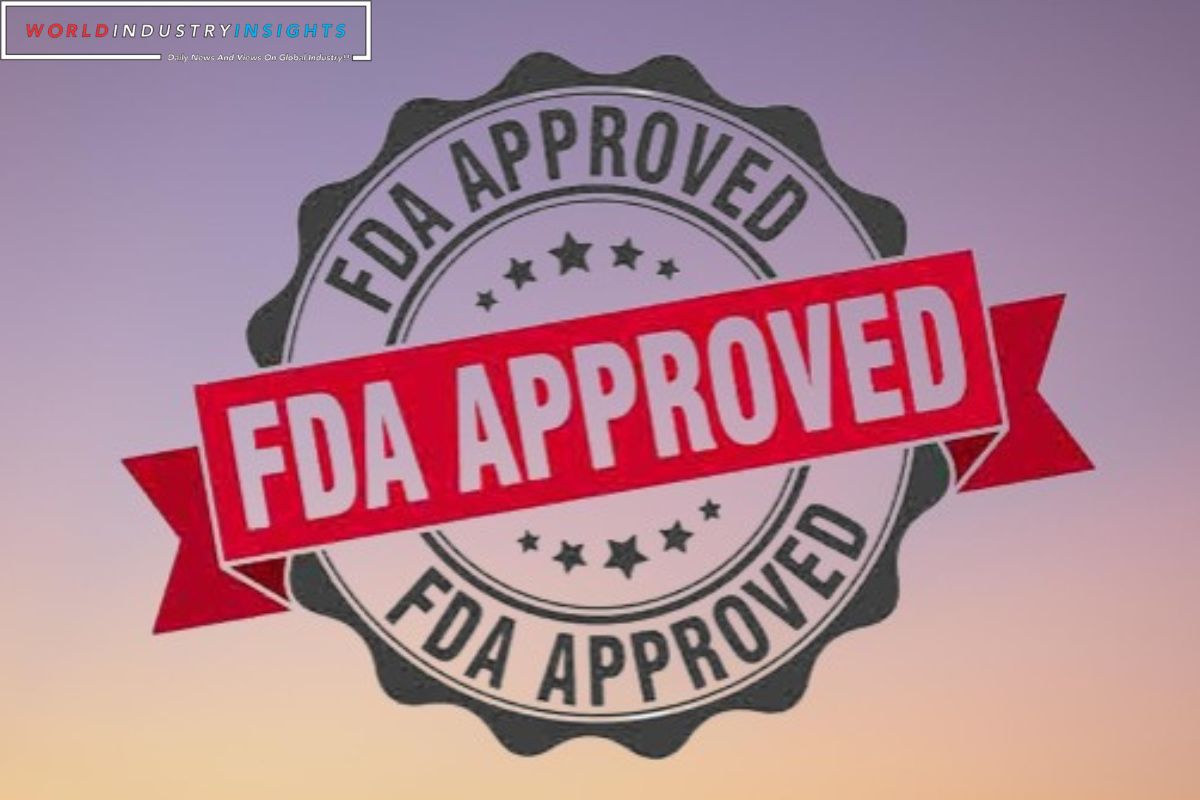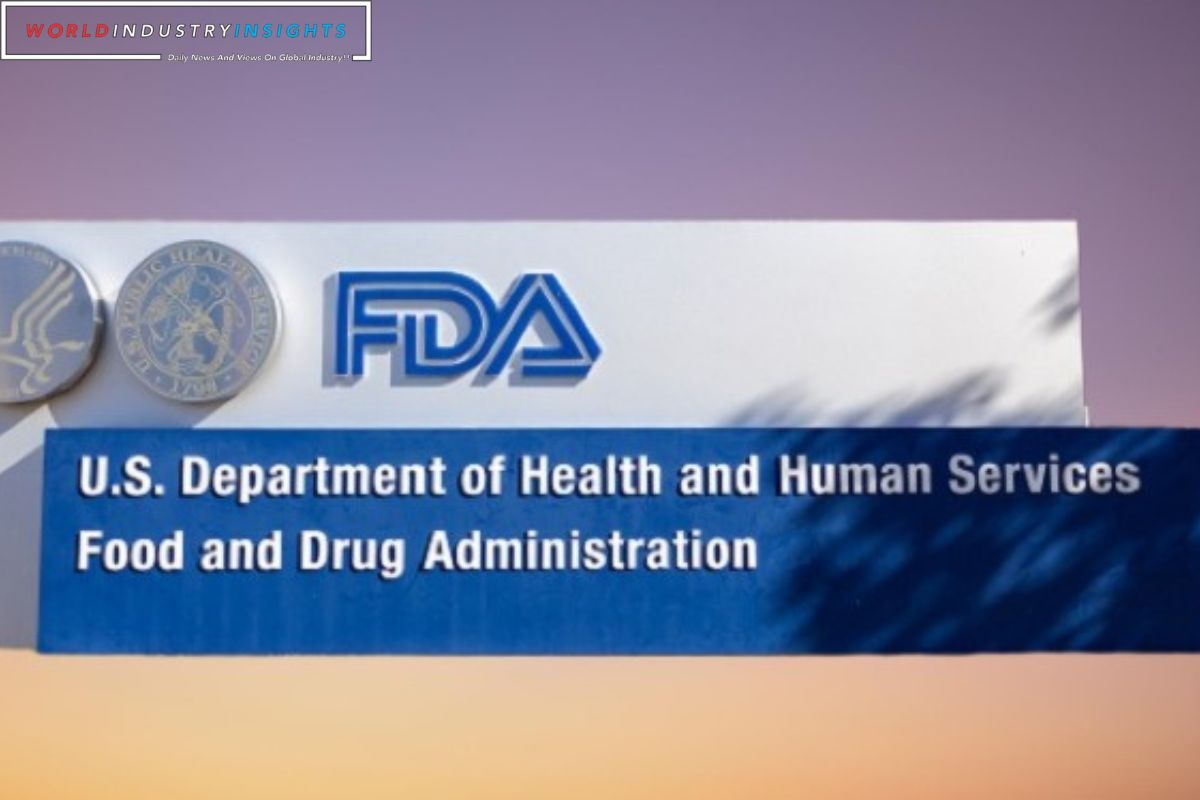FDA’s Stamp of Approval: In a year marked by uncertainty and volatility, the biotech industry finds solace in the steady stream of FDA approvals that have emerged in 2023. With a remarkable 50% increase in novel drug approvals, the FDA’s stamp of approval is undeniably breathing new life into the world of biotechnology.
While some may argue that this surge is merely a result of exceptional circumstances, others believe that it signifies a long-awaited revival for the industry. However, amidst the buzz and optimism surrounding these approvals, challenges persist that could potentially hinder the industry’s growth and dampen investors’ spirits.
As we dive into the intricacies of this FDA momentum, we must explore the factors influencing these fluctuations, selective capital allocation, and the market dynamics that will shape the future of biotech in 2023.
Key Takeaways
- FDA experienced a significant increase in novel drug approvals in 2023, signaling a revival for the biotech industry.
- The surge in FDA approvals in 2023 paves the way for advancements in medicine and instills hope and optimism.
- Factors such as the complexity of drug development and advancements in scientific understanding influence FDA approvals.
- The biotech industry still faces challenges, including a lack of confidence from investors, a decline in IPOs, and substantial capital outflow.
FDA’s Surge in Novel Drug Approvals in 2023: A 50% Increase
In a significant leap forward, the FDA experienced a surge in novel drug approvals in 2023, witnessing a remarkable 50% increase compared to the previous year. This astounding rise is a testament to the agency’s commitment to fast-tracking innovative therapies that address critical health challenges.
Also Read: FDA Warns of Counterfeit Ozempic: Urgent Safety Concerns for Diabetes Patients
With a staggering 55 drug approvals in 2023, the FDA has ushered in a new era of medical breakthroughs that have the potential to transform patient care. Notable among these approvals are Eli Lilly’s Zepbound, a groundbreaking treatment for obesity, and Eisai and Biogen’s Leqembi, a long-awaited therapy for Alzheimer’s disease.
These advancements in drug development signify a revival for the biotech industry, instilling hope and optimism among investors and healthcare professionals alike. With this surge in approvals, the FDA has solidified its position as a global leader in regulatory excellence, paving the way for a brighter future in medicine.
Factors Influencing Fluctuations in FDA Approvals
Factors influencing fluctuations in FDA approvals can be attributed to various elements. These include the complexity of drug development and advancements in scientific understanding. The FDA’s approval process is no walk in the park. It requires extensive research, testing, and analysis to ensure the safety and efficacy of new drugs.
As our understanding of diseases and treatment options evolves, so does the level of scrutiny applied by the FDA. Moreover, disruptions caused by the COVID-19 pandemic likely impacted the FDA’s pace in 2022, causing a slowdown in novel drug approvals.
However, with the return to peak approval levels in 2023, there is renewed optimism that the FDA has improved its workflow and communication with drug developers. This bodes well for the future of biotech and the development of life-saving medications.
Biotech Industry Faces Challenges Despite FDA Approval Surge
Despite a surge in FDA approvals, the biotech industry continues to face significant challenges. While it is true that the number of FDA approvals has been on the rise, this does not necessarily translate into a complete revival for the industry.
Investment in biotech companies has not fully rebounded to historical levels, indicating a lack of confidence from investors. Furthermore, there has been a sharp decline in initial public offerings (IPOs), with only 18 IPOs in both 2022 and 2023, compared to 108 in 2021. This lack of IPO activity suggests that biotech companies are struggling to attract funding and support.
Additionally, the substantial capital outflow of $15.8 billion in 2023, the largest in decades, poses a significant challenge for the industry. These challenges highlight the underlying issues that the biotech industry still needs to address, despite the recent surge in FDA approvals.
Selective Capital Allocation and Market Dynamics in 2023
While the biotech industry continues to face challenges, the dynamics of selective capital allocation in 2023 have played a crucial role in shaping its current landscape.
The market has shown a clear preference for companies developing GLP-1 weight-loss treatments, granting them better access to the IPO market. This selective capital allocation reflects a growing demand for innovative solutions to combat obesity, as well as investors’ confidence in the potential profitability of such treatments.
However, lingering concerns about high interest rates and government scrutiny of drugmakers have had an impact on funding recovery. While some analysts anticipate improved conditions, they question whether the industry will fully return to the peak levels seen in previous years.
The selective allocation of capital, driven by market dynamics, is reshaping the biotech industry and creating new opportunities for companies to thrive.
Potential Deterrents for Investors Despite Positive FDA Momentum
The potential deterrents for investors in the biotech sector, despite the positive momentum from FDA approvals in 2023, cannot be overlooked.
While the FDA’s stamp of approval has certainly revived the industry, there are several factors that could dampen investor enthusiasm.
First, increased oversight of deals could lead to longer and more complex approval processes, creating uncertainty and potentially delaying market entry for biotech companies.
Additionally, the government’s plans for drug price negotiation pose a significant threat to the profitability of biotech investments.
Furthermore, the Biden administration’s potential seizure of patents could have a detrimental impact on the value of intellectual property in the biotech sector.
These challenges, coupled with cautious investor sentiment, highlight the need for careful consideration and strategic decision-making in the biotech market.
Conclusion Of FDA’s Stamp of Approval
The FDA’s recent surge in novel drug approvals in 2023 has sparked a revival for the biotech industry. Despite facing challenges, such as selective capital allocation and market dynamics, the industry is experiencing positive momentum due to the FDA’s stamp of approval.
However, potential deterrents for investors still exist, highlighting the need for caution. Overall, the future looks promising for biotech, as long as industry players continue to navigate these factors successfully.
Our Reader’s Queries
How do you verify FDA approval?
To find information on a drug or biological product, simply search for it in Drugs @ FDA. These products are identified by six-digit NDA, ANDA, or BLA numbers. Drugs @ FDA is a comprehensive database that includes most FDA-approved human drugs and therapeutic biological products. It’s easy to use and searchable, making it a valuable resource for anyone looking for information on these products.
Can I use FDA approved logo?
The use of the FDA Mark is strictly prohibited for any third party, unless authorized in writing or through a mutually signed license agreement. It is also not allowed to be associated or connected with any third-party product or service.
What is FDA approval certificate?
The FDA, established in 1906 following the Federal Food and Drugs Act, is the world’s oldest consumer protection agency. As a government agency, it requires certification before products can be sold in the US. Obtaining FDA certification is a crucial step for any business looking to sell their products in the American market.
What are FDA approval requirements?
To sell a new prescription drug, a pharmaceutical company must complete a five-step process for FDA approval. This includes discovery/concept, preclinical research, clinical research, FDA review, and post-market safety monitoring. Each step is crucial to ensure the drug is safe and effective for consumers. The FDA closely monitors the entire process to ensure the drug meets their standards before it can be sold to the public.




